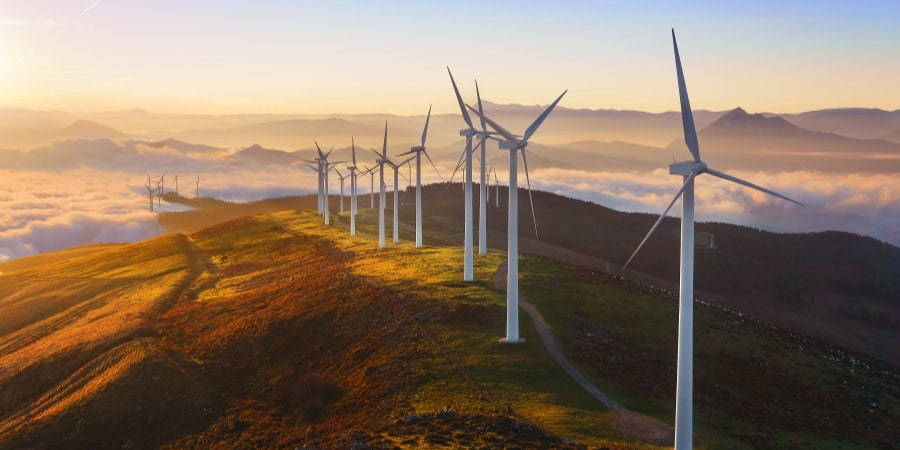The Future of Wind Energy Storage in Australia
In the global effort to transition to renewable energy sources, the wind energy industry has emerged as one of the fastest-growing and cheapest large-scale renewable energy industries worldwide. In 2020, wind energy accounted for over 35% of Australia’s renewable energy— a whopping 9% of total electricity generated in Australia. Australia’s diverse geographic landscape— vast coastal region and sprawling mountainous terrain— is abundant with areas that experience strong and relatively frequent winds and has propelled the country to the forefront of renewable wind energy.
In 2020, for the second consecutive year in a row, the wind energy industry in Australia broke the sector record for new energy generation, surpassing 1 GW of new energy capacity. Technological and structural innovations in wind harnessing machine designs, such as lightweight blades and optimized turbines, are rising. But simply harnessing wind energy is insufficient to ensure consistent supplies to meet the consumption demands and patterns of large urban populations. Wind energy is inconsistent by nature. The strength of wind currents differs across seasons and geographic locations such that regional and monthly wind activity averages regularly deviate from national averages. Subsequently, there are times when there is an excess of wind energy and times when there is a deficit of wind energy.
The obvious solution is to store excess wind energy when supplies exceed the demand and release excess wind energy when demand exceeds the supply. Non-renewable large grid-scale energy systems use traditional long-duration energy storage systems such as batteries. However, these types of storage systems have a significant setback that makes them unsuitable for clean energy storage— they compromise sustainability. The production of traditional energy storage systems such as battery cells is carbon-intensive. It requires sourcing several non-recyclable and processed materials from many different parts of the world. This process would counteract the original positive impact of transitioning to clean energy sources.
Clean energy requires a clean energy storage system. And there is one clean energy storage system that has been proved to have the potential to be the next frontier in the energy storage market— kinetic energy storage systems.
Kinetic energy storage provides an efficient and sustainable energy storage solution through flywheel technology. Flywheels typically have shorter discharge durations until recent breakthroughs. Amber Kinetics, a Silicon Valley-based company, has disrupted the energy storage industry by manufacturing a cutting-edge kinetic energy storage system with a discharge duration of 4 hours. The flywheels are manufactured from 50% recycled steel, are fully recyclable, and emit zero hazardous waste.
In addition, flywheel technology is highly scalable. Clean energy storage innovations by industry leaders such as Amber Kinetics prove that utility-scale flywheel energy storage systems are possible—the company has clocked in a total of 578,000 flywheel runtime hours and discharged 916MWh of energy to date.
Flywheel energy storage technology has the potential to bridge the gap between traditional energy grid infrastructure, wind energy, and long-duration energy storage— securing the future of wind energy in Australia.
















